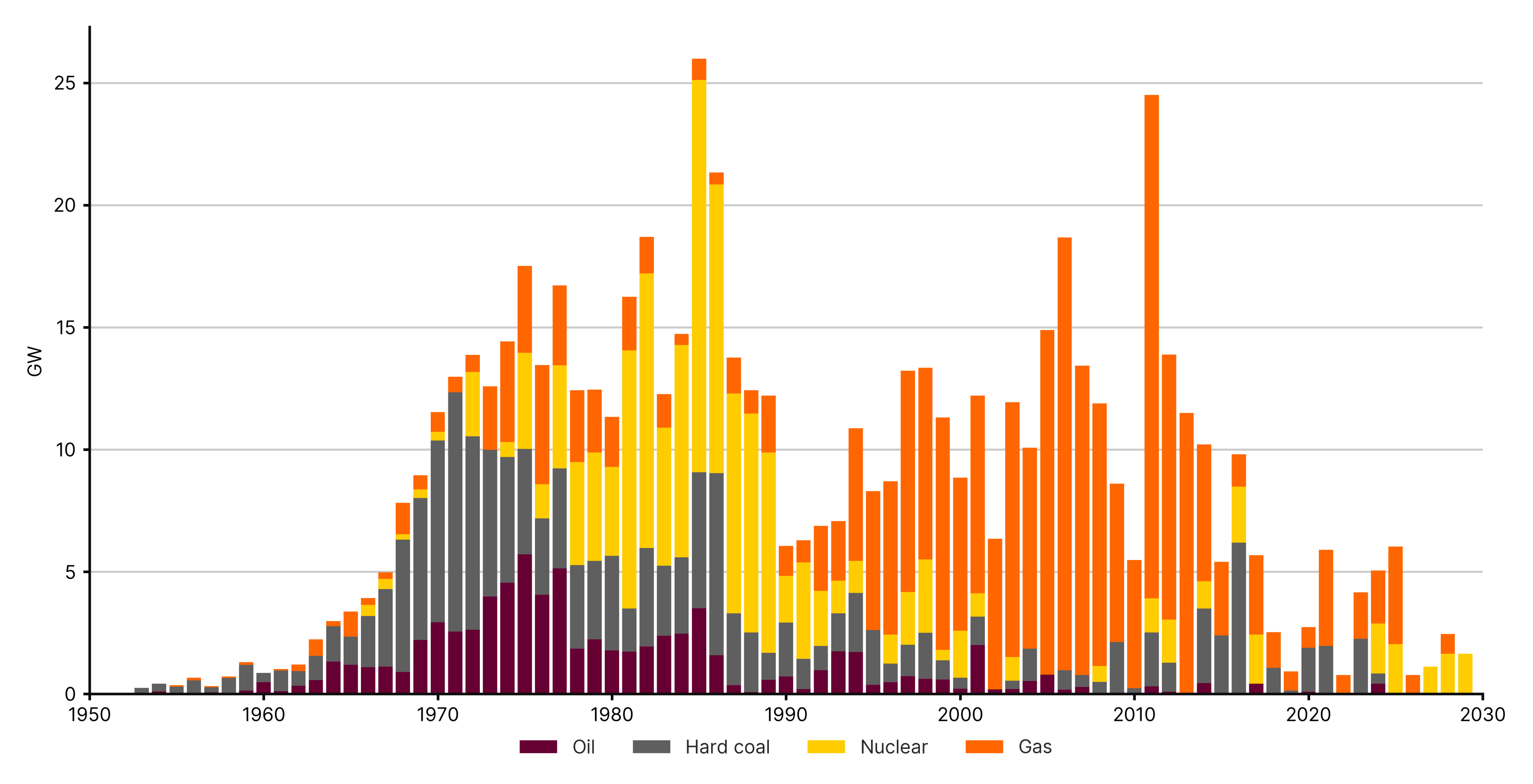EU Power Plant Database
All data in one place
Are you looking for an up-to-date database on power plants in Europe? Our European power plant database provides you with valuable information ranging from geo-coordinates to efficiencies, which you can process without additional research.
Overview of power plants at a click
We have been maintaining our EU power plant database for more than ten years. It contains all thermal power plants with a net electrical capacity output of more than 20 MW. Prepared in a simple and structured way, you receive useful information on European power plants one-time or quarterly, such as power plant types, gross and net capacities and much more.
What information can I find in the European power plant database?
In addition to the number of power plants in Germany and Europe, the directory contains the following information:
- Name of the power plant unit
- Type of power plant, e.g. Open Cycle Gas Turbine [OCGT], Combined Cycle Gas Turbine [CCGT], Steam Turbine [ST], etc.
- Country
- Geoposition (latitude and longitude)
- Year of commissioning and, if applicable, year of decommissioning
- Capacity (gross, net)
- Efficiency (net)
- Fuel type

Free extract from the power plant database
Do you need more information about the power plant database? Feel free to contact us.
What are the benefits of the power plant database?
The analysis department of an energy supplier wants to feed its own electricity market model with market data. Their energy market model requires data from conventional power plants in particular. Collecting the data in-house is very time-consuming and prone to errors. In addition, continuous maintenance is correspondingly time-consuming.
We take on this task for you, because we regularly record a wide range of data. This includes the composition of the power plant fleet, planned shutdowns and current construction projects. In addition to the block-specific power plant data, you receive information on the efficiency of all plants. In our fundamental model Power2Sim, we use the data daily in our own calculations. Therefore, you can be sure: The quality of the data is spot on!
You receive the current power plant data in a quarterly update. You can use the data directly for your energy market model. This saves you time and reduces internal costs of maintaining the data. Above all, the analysis department can concentrate on their important tasks – modelling.